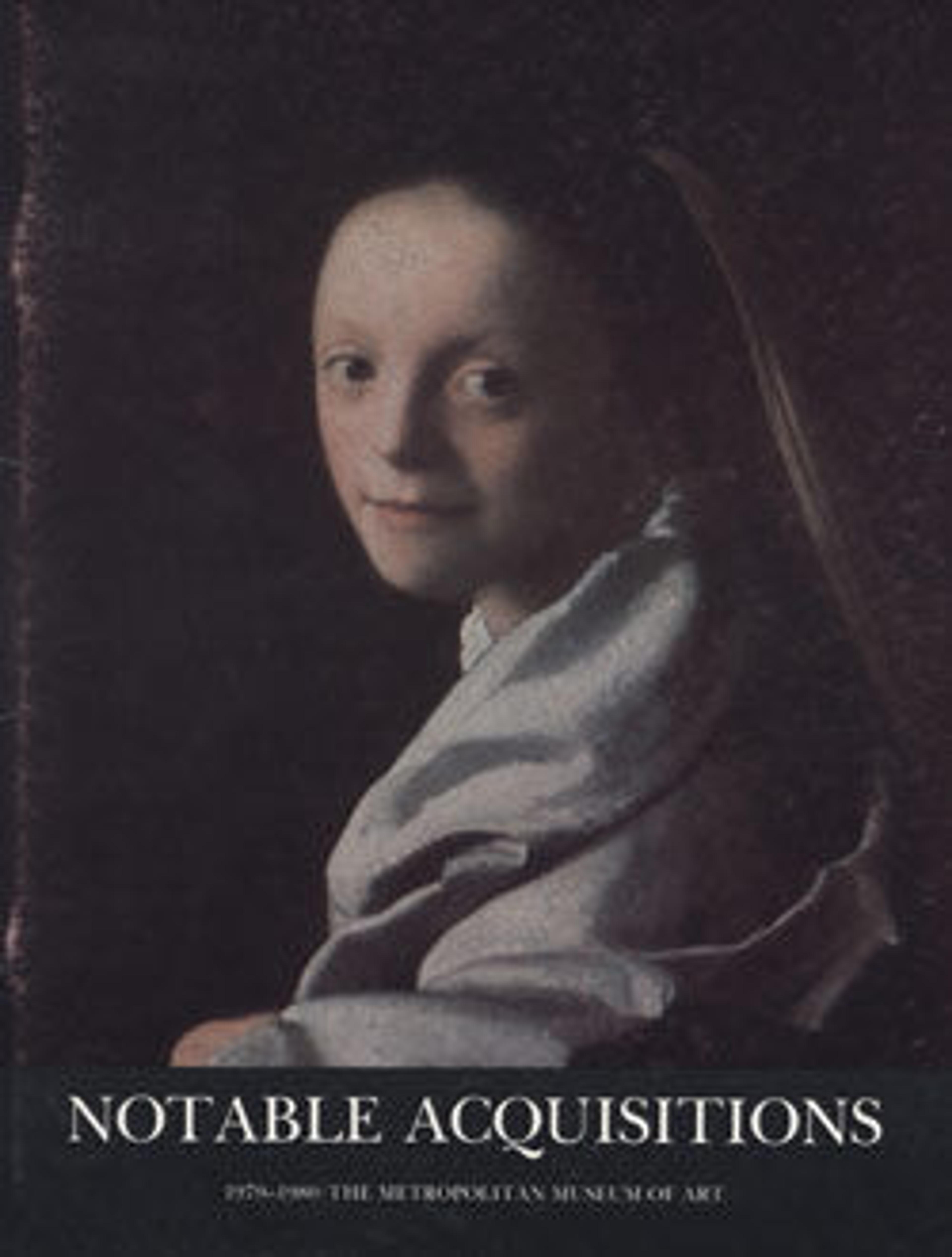Figure
Around 4000–3500 BCE, ceramic figurines began to be produced along the coast of Ecuador at Valdivia sites like Real Alto and Loma Alta. Rooted in the region's earlier stone figurine tradition, these statuettes were the first of their kind in South America. The figurines were constructed by squeezing together two rolls of clay, which were then sculpted to form the body of the figure. Like their stone predecessors, the majority of the ceramic figurines were female, although there were instances in which figurines displayed both male and female attributes. As seen in the object here, the figurine possesses breasts as well as a lower abdominal protrusion that may symbolize male genitalia. The torso, chest, and neck are covered with strippling, while the arms, legs, breasts, and phallus remain bare. The figure's hair—elaborately styled, as is typical of Valdivian clay figurines—falls below the shoulders and frames the face. The figure's upright stance and clasped hands is evocative of some present-day Native American dance postures, and have led some scholars to suggest that a portion of the Valdivia statuettes actually represent dancing figures.
Artwork Details
- Title:Figure
- Date:2200–2000 BCE
- Geography:Ecuador
- Culture:Valdivia
- Medium:Ceramic
- Dimensions:H. 4 × W. 1 1/4 × D. 1 in. (10.2 × 3.2 × 2.5 cm)
- Classification:Ceramics-Sculpture
- Credit Line:Gift of Timothy, Peter, and Jonathan Zorach, 1980
- Object Number:1980.83.12
- Curatorial Department: The Michael C. Rockefeller Wing
More Artwork
Research Resources
The Met provides unparalleled resources for research and welcomes an international community of students and scholars. The Met's Open Access API is where creators and researchers can connect to the The Met collection. Open Access data and public domain images are available for unrestricted commercial and noncommercial use without permission or fee.
To request images under copyright and other restrictions, please use this Image Request form.
Feedback
We continue to research and examine historical and cultural context for objects in The Met collection. If you have comments or questions about this object record, please contact us using the form below. The Museum looks forward to receiving your comments.
